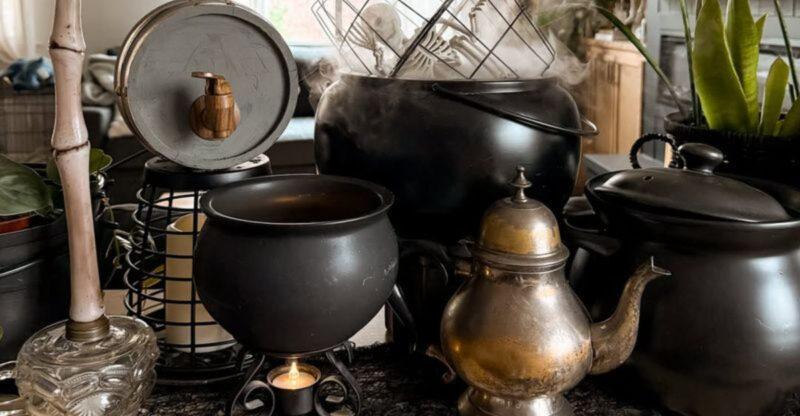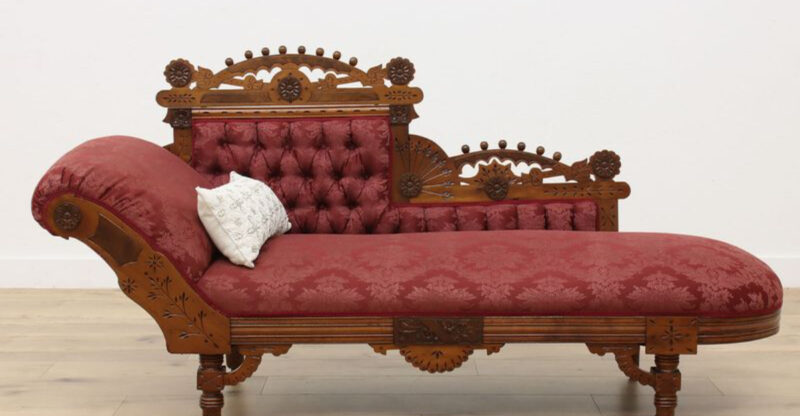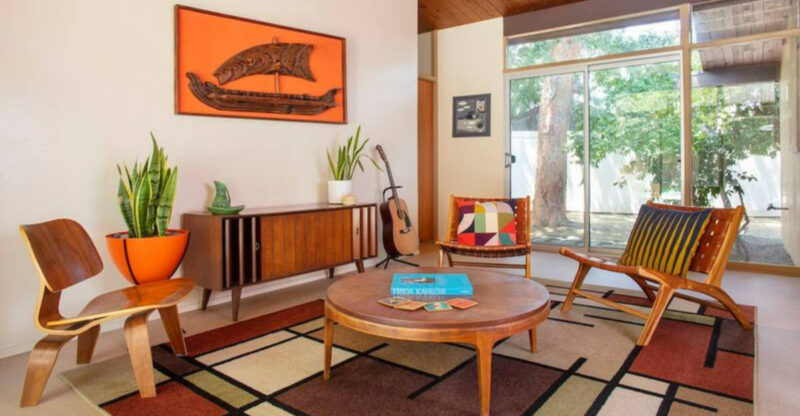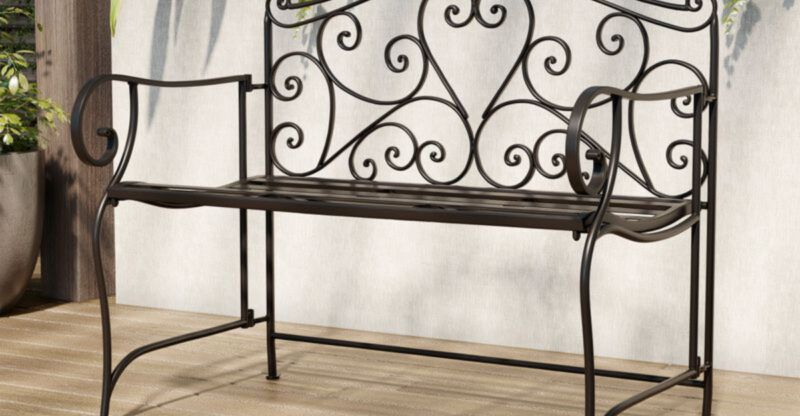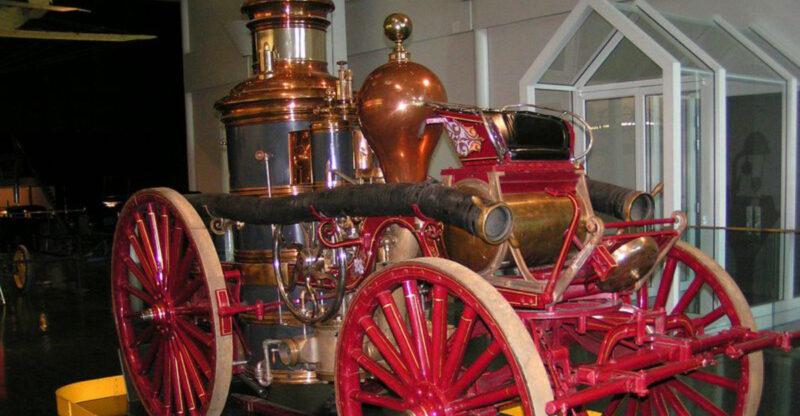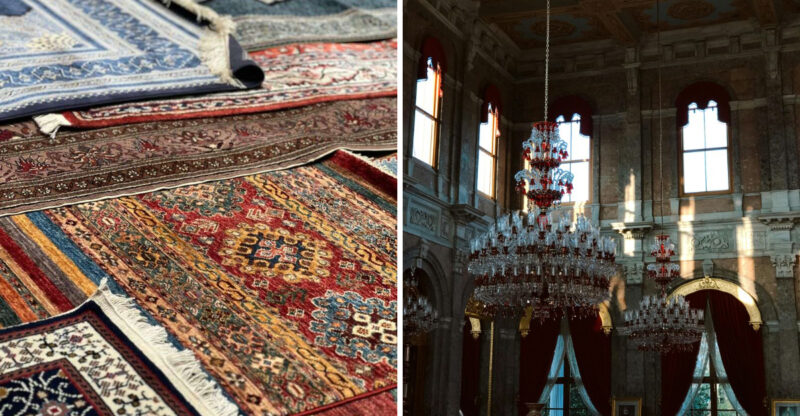16 Antique Mirrors That Are Worth More Than You Think
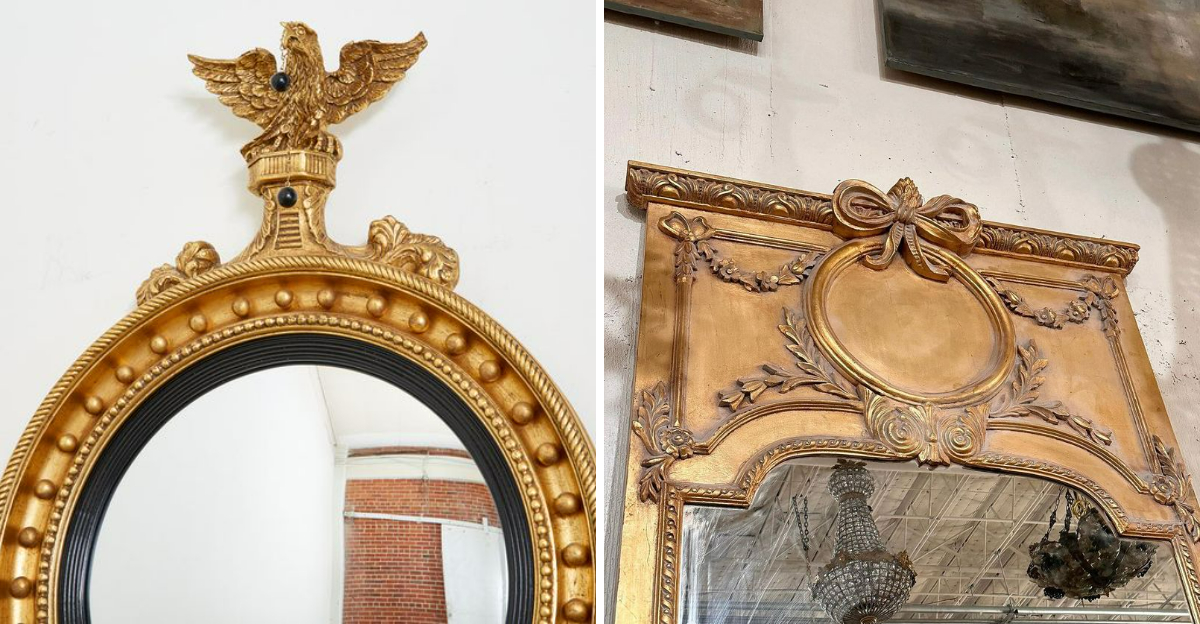
Old mirrors often get overlooked at estate sales and flea markets, but some are hidden treasures worth thousands. Antique mirrors combine art, craftsmanship, and history in ways that modern reproductions simply can’t match.
I’m about to show you 16 types of antique mirrors that might be gathering dust in your attic or hanging unappreciated on your wall – yet could be worth a small fortune.
1. Venetian Murano Glass Mirrors
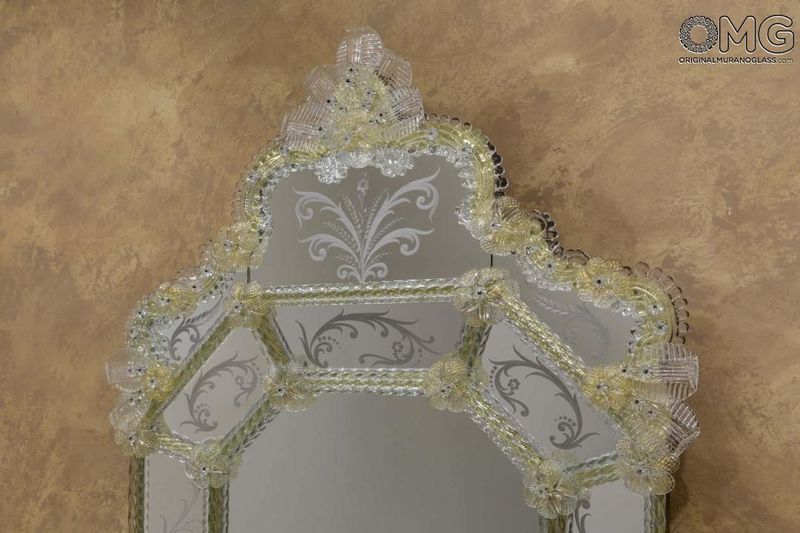
Ever noticed those ornate, colorful glass mirrors with intricate floral designs? They’re likely Venetian Murano pieces from the 17th century. Authentic examples can fetch upwards of $10,000 at auction.
The glass-making secrets of Murano were so valuable that craftsmen weren’t allowed to leave the island. Their techniques created mirrors with unparalleled clarity when most mirrors still produced fuzzy reflections.
2. French Louis XV Gilt Mirrors
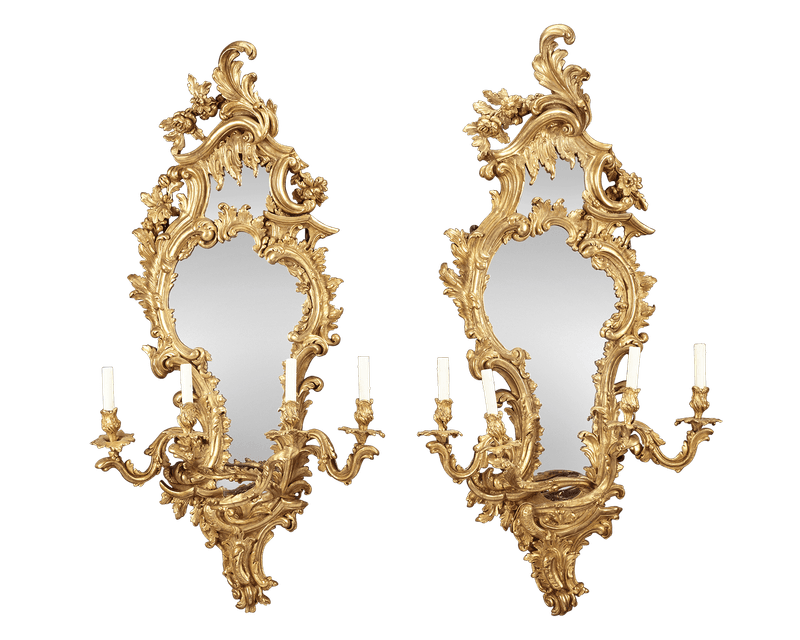
Royal connections make these mirrors especially valuable. Created during King Louis XV’s reign (1715-1774), they feature elaborate carved wooden frames covered in gold leaf with rococo-style flourishes and curves.
Many surviving examples come from French châteaux and aristocratic homes. I’ve seen smaller versions sell for $5,000, while larger, well-preserved specimens can command $50,000 or more from serious collectors.
3. Chippendale Looking Glasses
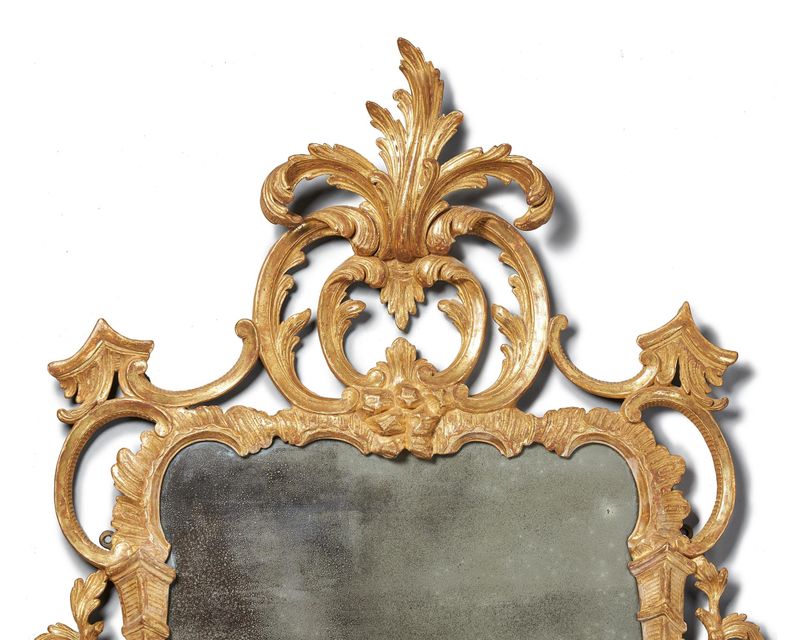
Named after famous furniture maker Thomas Chippendale, these 18th-century English mirrors showcase exceptional craftsmanship. The mahogany or walnut frames typically feature elaborate carvings of birds, pagodas, and scrollwork.
A family heirloom Chippendale mirror sold at Christie’s for $84,000! Even smaller examples in good condition regularly sell for $5,000-$15,000. Check for period-appropriate oxidation on the mirror glass – this patina actually increases value.
4. Federal Eagle-Crested Mirrors
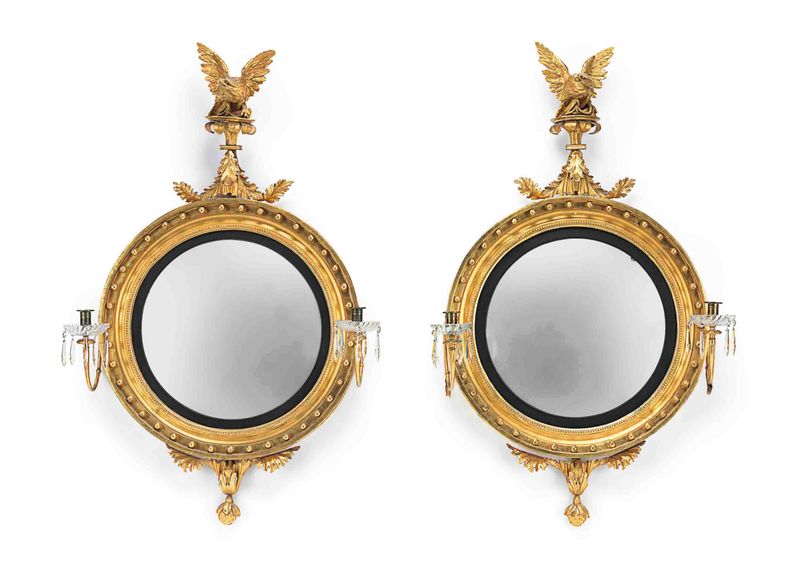
American Federal-style mirrors (1780-1820) often feature carved eagles perched atop rectangular or oval frames. They symbolized patriotic pride in the young nation.
Original gilt surfaces dramatically increase value, so avoid overcleaning if you suspect you have one! A rare 1790 example by Samuel McIntire sold for $662,500 at auction. More common versions still command $2,000-$8,000 from collectors seeking authentic American decorative arts.
5. Regency Convex Bullseye Mirrors
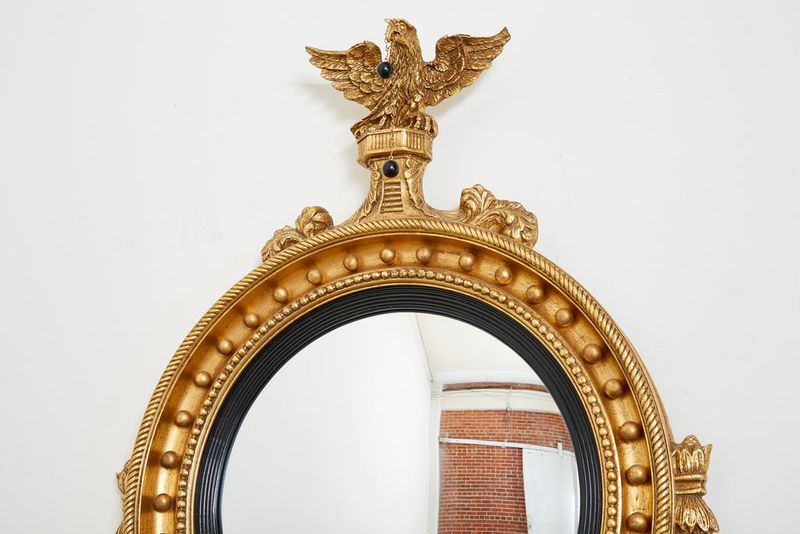
Round and dramatic, these British mirrors from the early 19th century feature convex glass that creates fascinating distorted reflections. The frames typically include gilt wood with eagle finials or elaborate ball-chain decorations.
Originally designed to amplify candlelight in dark rooms, they’ve become highly collectible. Large examples in good condition sell for $3,000-$8,000. The convex glass is irreplaceable, making undamaged specimens particularly valuable.
6. Art Nouveau Mirrors by Émile Gallé
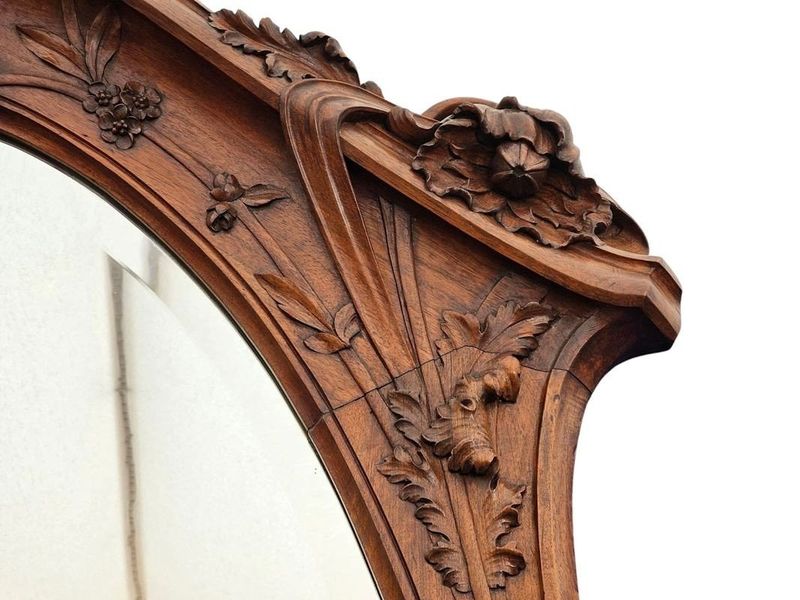
French designer Émile Gallé created stunning mirrors with flowing, nature-inspired frames during the Art Nouveau period (1890-1910). His signature pieces often incorporate carved wooden flowers, vines, and dragonflies.
Gallé’s craftsmanship was revolutionary, blending functionality with art. Authenticated pieces with his signature can sell for $10,000-$30,000. Look for his distinctive flowing script signature, usually found on the lower corner of the frame.
7. Cushion Mirrors with Mercury Glass
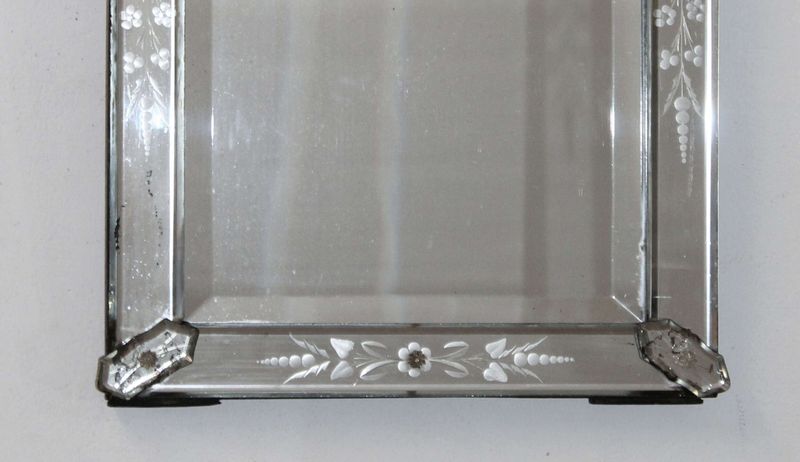
Dating from the 1700s, cushion mirrors feature a central mirror plate surrounded by beveled mirror panels arranged like a cushion. The mercury-backed glass has a distinctive sparkle that modern mirrors can’t replicate.
Original mercury glass is identifiable by its soft, somewhat foggy reflection and dark oxidation spots. These mirrors were luxury items for the wealthy. Good examples now sell for $3,000-$12,000, with Georgian-era pieces commanding the highest prices.
8. Girandole Convex Mirrors
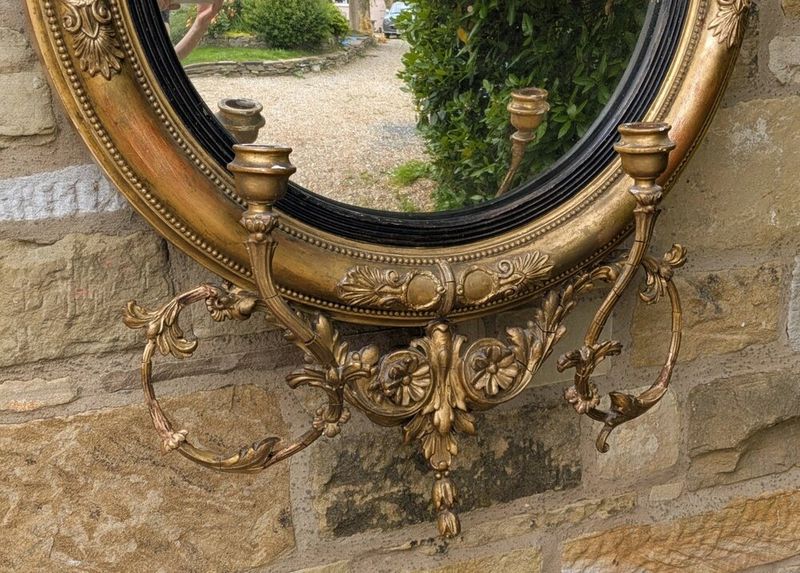
Resembling sunbursts, girandole mirrors feature candle arms extending from their frames – perfect for illuminating dark 18th-century rooms. The name comes from the French word for “chandelier.”
These showstoppers were status symbols in Federal and Regency homes. The most valuable examples have original candle arms and gilt surfaces intact. A George III girandole recently sold for $18,750! Keep an eye out at estate sales where they’re sometimes misidentified as later reproductions.
9. Trumeau Mirrors from French Châteaux
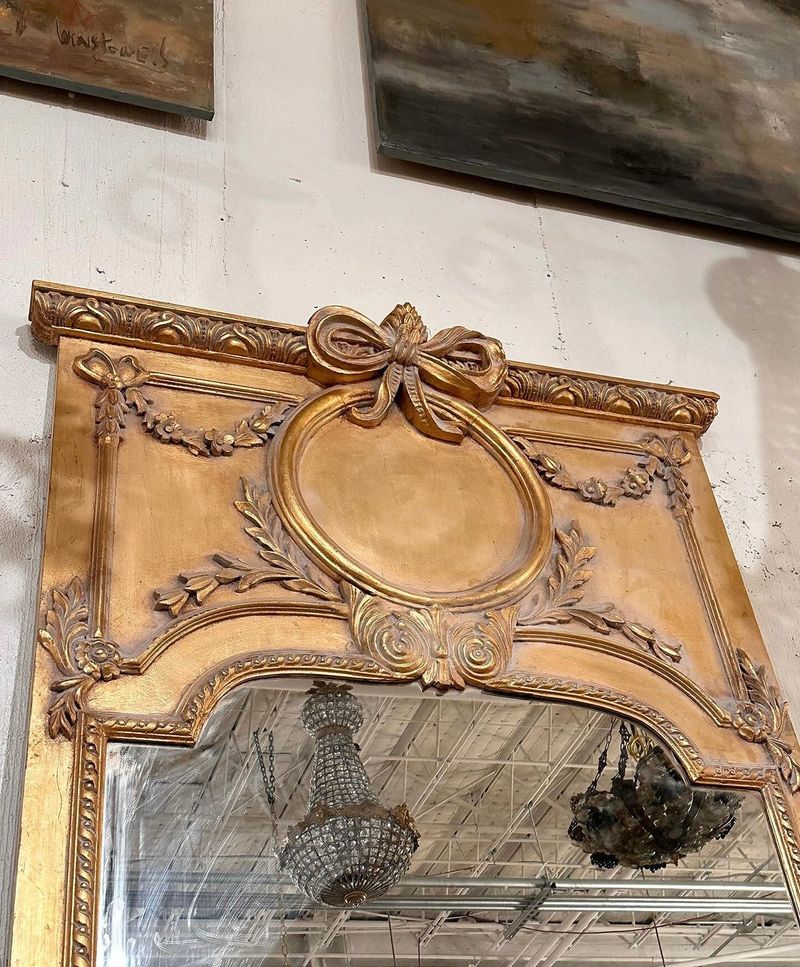
Towering and magnificent, trumeau mirrors feature a mirror section below a painted panel or decorative carving. Originally built directly into the paneling of French châteaux, they’re now highly sought after for luxury homes.
Authentic 18th-century examples can reach $20,000-$50,000. Look for hand-painted pastoral scenes and original gilding. Many were salvaged from historic buildings being demolished, making each one a piece of architectural history worth preserving.
10. Adam-Style Neoclassical Mirrors
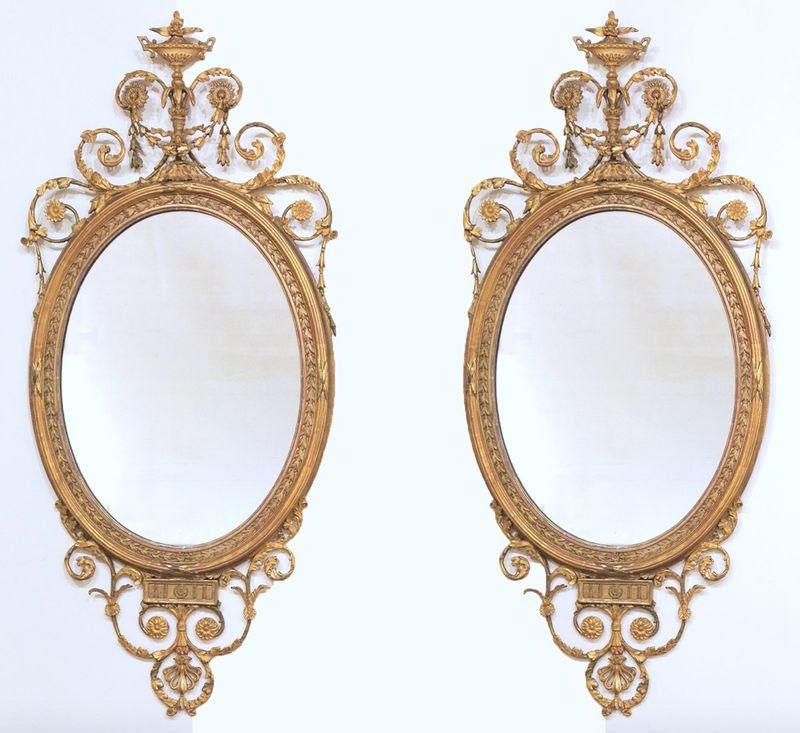
Robert Adam, the influential Scottish architect, popularized these elegant mirrors with classical motifs like urns, swags, and medallions. Their refined style contrasted with earlier rococo excesses.
Crafted between 1760-1790, authentic Adam mirrors have delicate carved details covered in gold leaf or gesso. They typically feature oval or rectangular shapes. Well-preserved examples can sell for $8,000-$25,000, especially those with documented provenance from historic British homes.
11. Chinese Chippendale Pagoda Mirrors
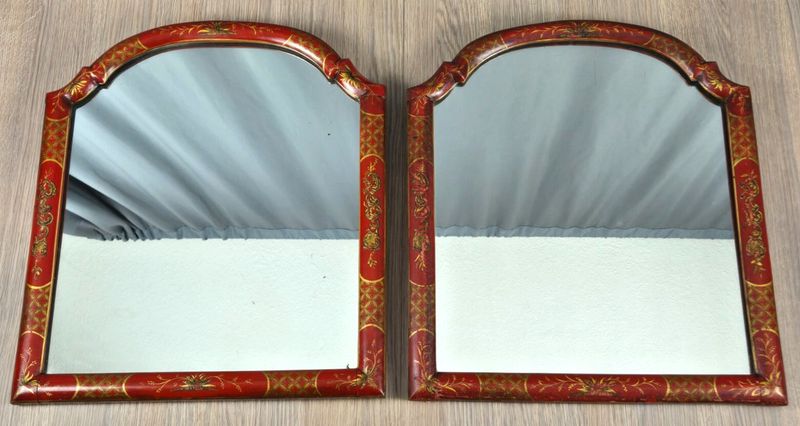
Fascination with Chinese design inspired these distinctive mirrors featuring pagoda-topped frames with fretwork and Asian motifs. They were fashionable in both England and Colonial America during the mid-18th century.
The intricate carved details make these mirrors particularly valuable to collectors. Authentic examples in mahogany or gilt can fetch $4,000-$12,000. Many feature original mirror plates with characteristic age spotting that actually increases their value rather than diminishing it.
12. Verre Églomisé Reverse-Painted Mirrors
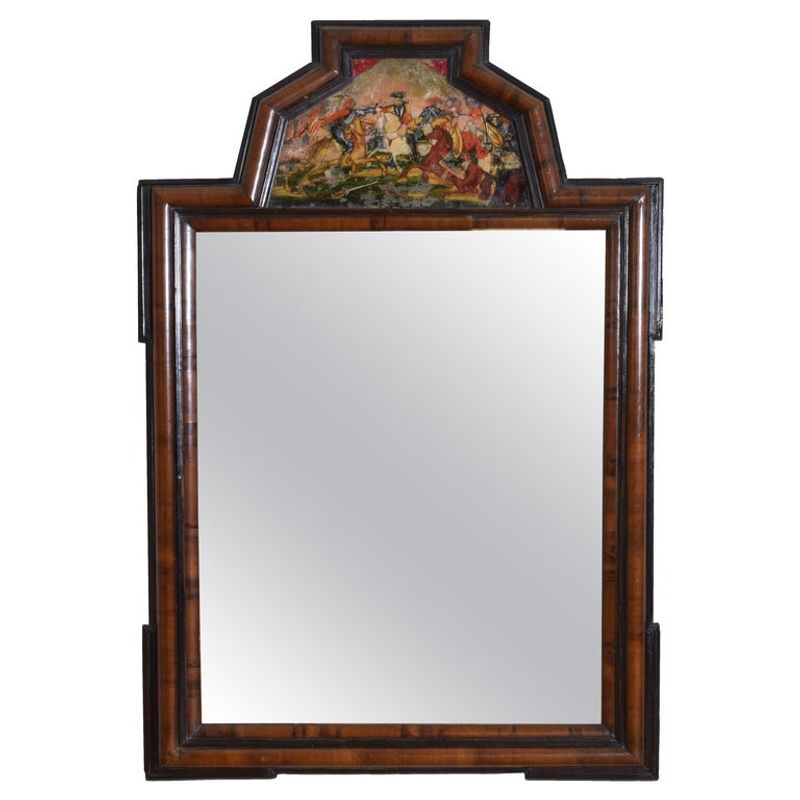
The mysterious depth of verre églomisé mirrors comes from their reverse-painting technique – artwork applied to the back of glass. Popular in the 18th and 19th centuries, these mirrors often feature delicate gold leaf designs.
French examples typically showcase neoclassical motifs, while American versions often depict patriotic eagles or historical scenes. The technique requires extraordinary skill. Fine examples by known artists can command $3,000-$15,000, with rare specimens reaching much higher values.
13. Queen Anne Walnut Veneer Mirrors
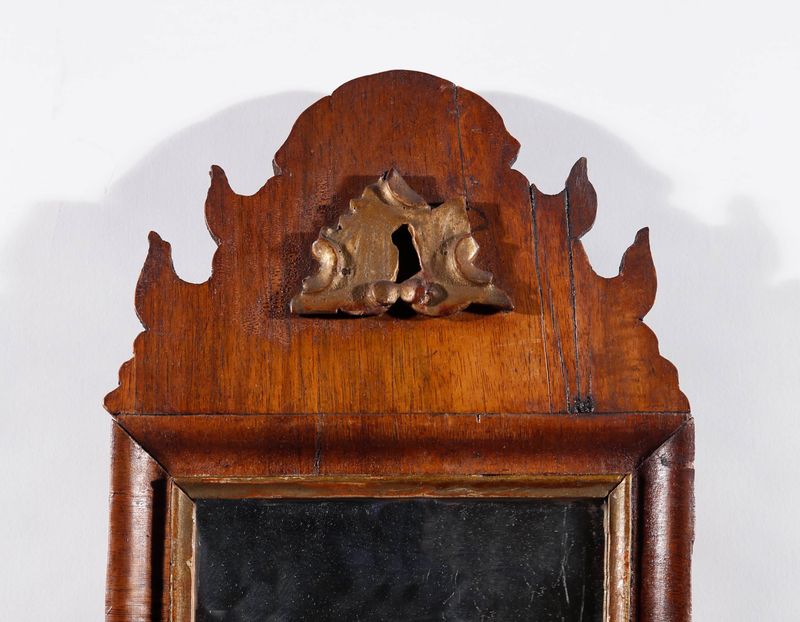
Elegantly simple compared to later styles, Queen Anne mirrors (1702-1760) feature graceful walnut veneer frames with subtle curves and minimal ornamentation. Their refined proportions reflect early Georgian taste.
The warm patina of aged walnut makes these mirrors particularly appealing. Good examples sell for $2,000-$8,000. Many feature original “mull” joins where mirror segments meet – technology limited mirror size, so larger mirrors required multiple pieces joined together.
14. Aesthetic Movement Sunflower Mirrors
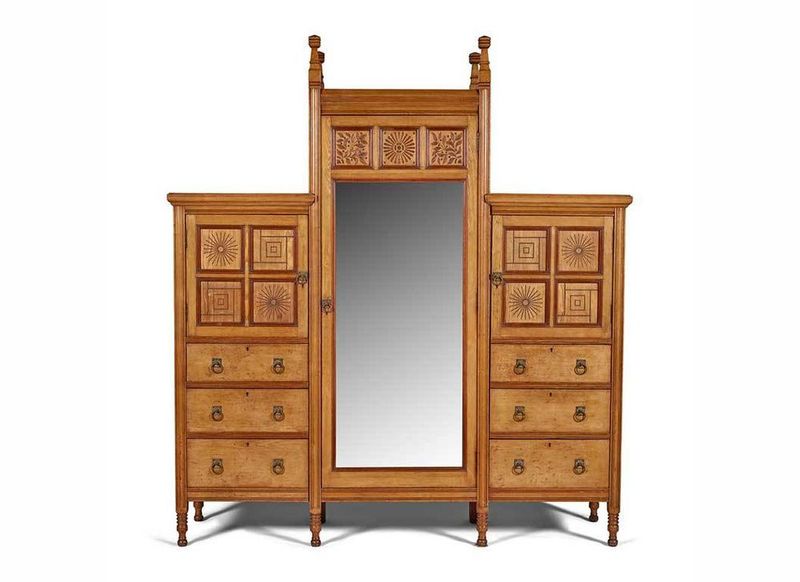
During the Aesthetic Movement (1870-1900), sunflower motifs symbolized artistic devotion. These distinctive mirrors feature carved wooden rays resembling sunflower petals, often with gilt highlights.
Popularized by designers like Christopher Dresser, these mirrors blend Japanese influences with Victorian sensibilities. They’ve become increasingly valuable as interest in this artistic period grows. Quality examples now command $1,500-$6,000, with exceptional pieces by known makers reaching five figures.
15. Renaissance Revival Carved Oak Mirrors
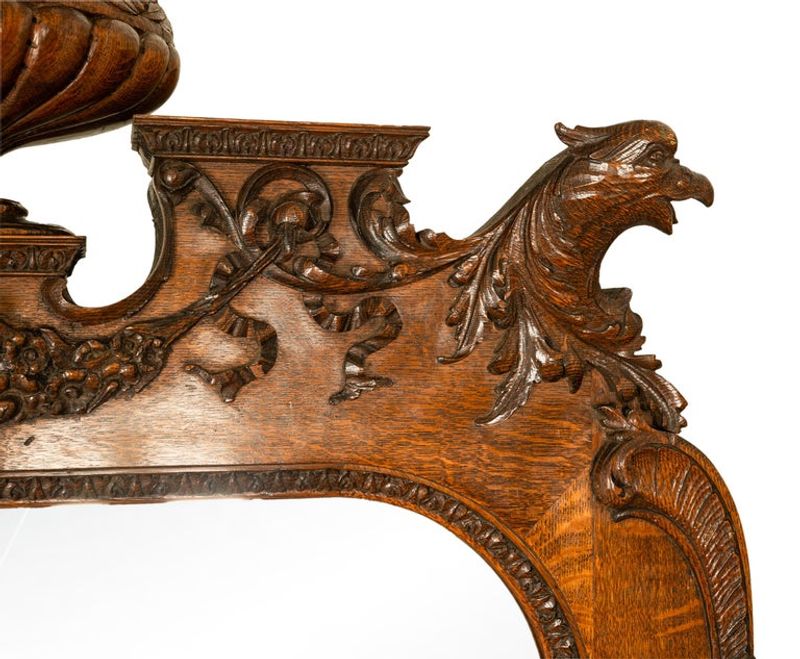
Heavy, imposing, and intricately carved – Renaissance Revival mirrors from the Victorian era (1860s-1880s) make dramatic statements. They typically feature architectural elements like columns and pediments with mythological figures.
These substantial pieces were status symbols in wealthy Victorian homes. Original condition is crucial for value, as many have been stripped of their dark patina. Undamaged examples with original finish can sell for $3,000-$10,000, especially those by renowned cabinetmakers.
16. Art Deco Mirrors by Lalique
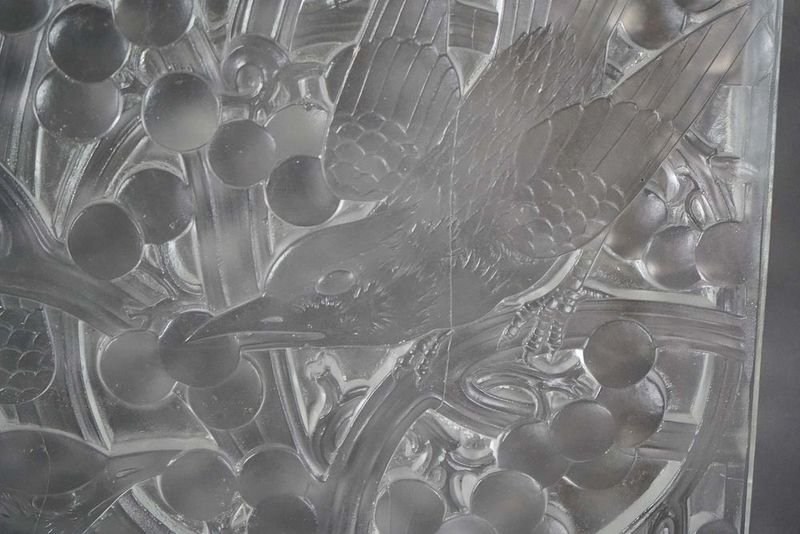
René Lalique revolutionized mirror design in the 1920s-30s with his frosted glass creations featuring geometric patterns and stylized natural motifs. His signature pieces combine functionality with artistic innovation.
Authenticated Lalique mirrors are investment pieces, selling for $5,000-$25,000 depending on rarity and condition. Look for his engraved “R. Lalique France” signature. Even in the high-end Art Deco market, his mirrors stand out for their distinctive craftsmanship and timeless appeal.

